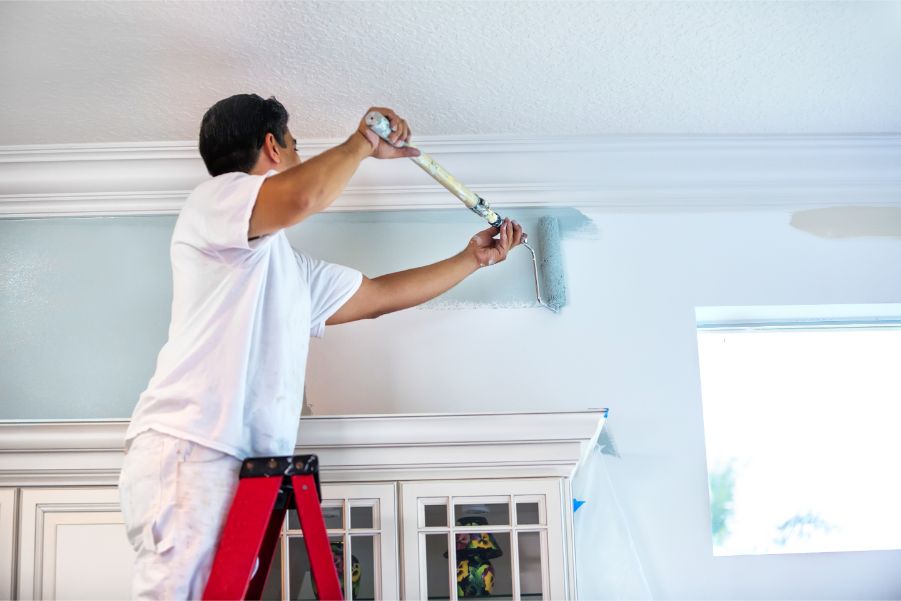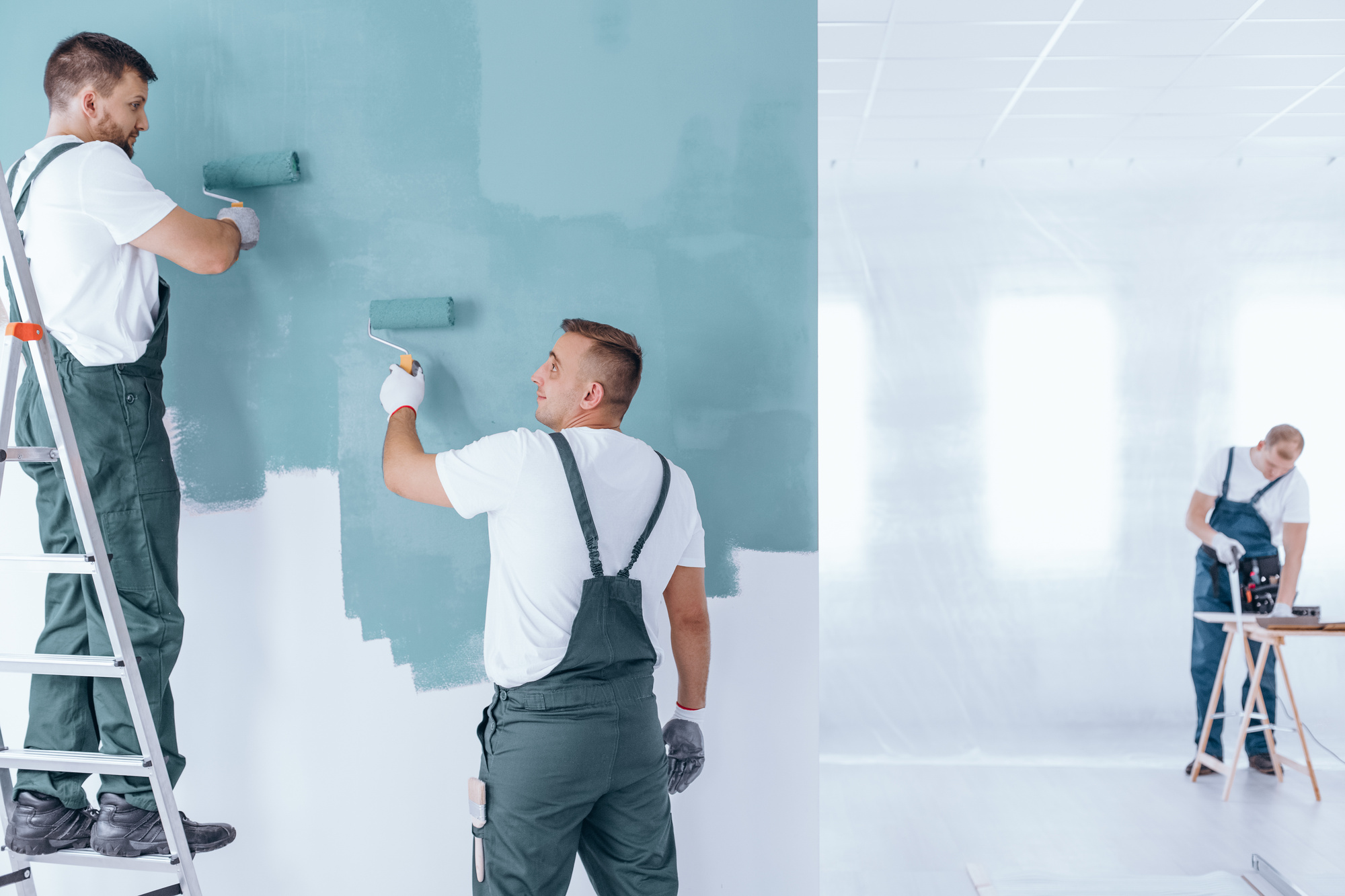
Master the Art of House Painting with These Techniques

House painting can be a daunting task, especially if you are not familiar with the techniques and tools used in the process. However, with the right approach and techniques, house painting can be a fun and rewarding experience that can transform your living space into a beautiful and comfortable environment. In this article, we will provide you with a comprehensive guide to house painting that will help you master the art of house painting and create stunning results.
Choose the Right Paint for Your House
The first step in house painting is choosing the right paint for your home. This can be a complex task, as there are many different types of paints available in the market, each with its own unique properties and characteristics. To help you choose the right paint for your home, you should consider the following factors:
Surface type: The type of surface you will be painting will determine the type of paint you need. For example, you will need a different type of paint for wood, metal, or drywall surfaces.
- Type of finish: The type of finish you want on your paint will also determine the type of paint you need. For example, you may want a flat finish for a modern look, or a gloss finish for a more traditional look.
- Climate: The climate of the area you live in will also impact the type of paint you need. For example, you will need a paint that is more resistant to moisture in a humid climate.

Prepare the Surface for Paint
The next step in house painting is preparing the surface for painting. This is an important step, as it will ensure that the paint will adhere properly and create a smooth and even finish. To prepare the surface for painting, you should follow these steps:
Clean the surface: Clean the surface of any dirt, dust, and grime using a damp cloth or a deglosser. This will help to ensure that the paint will adhere properly to the surface.
- Sand the surface: Sand the surface to remove any rough spots or imperfections. This will help to create a smooth surface that the paint can adhere to easily.
- Fill any cracks or holes: Fill any cracks or holes in the surface using filler or spackling paste. This will help to create a smooth and even surface for painting.

Apply the Paint
Once the surface is prepared, it is time to start applying the paint. To achieve a smooth and even finish, you should follow these steps:
- Prime the surface: Apply a primer to the surface to help the paint adhere properly and create a smooth base for the paint.
- Paint the edges: Start by painting the edges of the room first, then work your way in. This will help to prevent drips and smudges along the edges of the room.
- Use a paint brush or roller: Depending on the type of surface you are painting, you may choose to use a paintbrush or a roller to apply the paint. A paintbrush is ideal for smaller surfaces and intricate details, while a roller is best for larger surfaces.
Clean Up and Finish
Once you have finished painting, it is important to clean up and finish the job properly. To do this, you should follow these steps:
- Clean your tools: Clean your paint brushes and rollers thoroughly to remove any excess paint. This will help to extend the life of your tools and ensure that they are ready for your next painting project.
- Allow the paint to dry: Allow the paint to dry completely before moving any furniture or objects back into the room. This will help to prevent any damage






